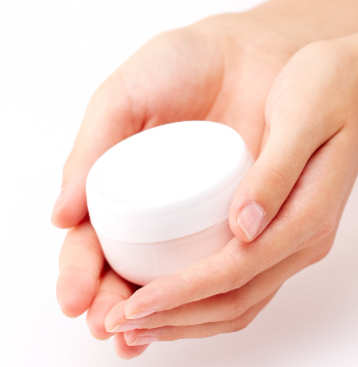| "Descrizione" by Ottika11 (2062 pt) | 2022-Oct-22 10:06 |
Review Consensus: 10 Rating: 10 Number of users: 1
| Evaluation | N. Experts | Evaluation | N. Experts |
|---|---|---|---|
| 1 | 6 | ||
| 2 | 7 | ||
| 3 | 8 | ||
| 4 | 9 | ||
| 5 | 10 |
Emulsifiers are used in food, cosmetics and pharmaceuticals.
An emulsion is a thermodynamically unstable two-phase dispersing system comprising two incompatible liquids, usually water and oil, in the form of microdroplets. To achieve stability, it is essential to introduce an emulsifier into the formula, which can be an ionic and non-ionic surfactant and amphiphilic biopolymers.
An emulsion is a heterogeneous two-phase system that cannot be mixed. Generally, the water/oil emulsion is stabilised by lipophilic, i.e. dispersing surfactants, while the oil/water emulsion by hydrophilic, i.e. absorbing surfactants.

Food
With the proliferation of increasingly sophisticated and complex foods, a single emulsifier is no longer sufficient to perform the task, but several emulsifying chemical compounds are required to control pH, temperature, storage, ionic strength. In addition, stability, electrostatic repulsion, solubility and other important formulation parameters must be controlled. Unfortunately, increasing the number of emulsifiers also increases the risk of intolerances.
There is an important search today, fuelled by consumer demand, for natural products. and among these, emulsifiers. The growing demand is for products that are more environmentally friendly, organic and do not pose a health risk. Many chemical emulsifiers are being replaced by natural emulsifiers, which however have some contraindications and a higher cost:
- fungal hydrophobins are very effective dispersing agents
- phospholipids are very sensitive to environmental changes
- polysaccharides must be used at high levels
In recent years, Pickering emulsifiers (which first appeared in 1907) have once again made their way into the field of food science. They have more advantages over traditional emulsifiers: biocompatibility, greater safety, less use of emulsifier quantities. Compared to traditional emulsifiers, Pickering emulsions use solid particles, usually edible natural substances with excellent biocompatibility, to stabilise the emulsion. The disadvantages are high cost and stability to be improved.
Food safety
Dietary emulsifiers are used in foods and are officially approved as safe for human health, yet many studies have found that these chemical compounds may contribute to the increased prevalence of diseases associated with intestinal inflammation. The reasons lie mainly in the fact that the production of large quantities contains impurities that are harmful to human health.
Cosmetics
Cosmetic formulas are generally very complex and emulsifiers are mandatory.
A classic emulsifier in cosmetic products is Propylene Glycol, which also acts as an emollient. However, in 2018 it was named the allergen of the year by the American Contact Dermatitis Society. Indeed, in cosmetics, it is quite common to see irritations, systemic skin reactions and allergic contact dermatitis to chemical compounds.
Emulsifiers have the property of reducing interfacial tension and also directly influence the stability, sensory properties and surface tension of sunscreens by modulating their filmometric performance.
Pharmaceuticals
The most commonly used emulsifiers in the pharmaceutical industry are polysorbates and low-molecular-weight surfactants, which have as drawbacks the possibility of producing irritation, a certain toxicity and environmental pollution. There is also a strong demand for natural products in this sector, which is inextricably linked with medical science. Polysaccharides, saponins, proteins and natural polymers play the role of biocompatible emulsifiers very well, albeit with the limitations outlined above for the food sector.
Referernces_____________________________________________________________________
Ozturk, B., & McClements, D. J. (2016). Progress in natural emulsifiers for utilization in food emulsions. Current Opinion in Food Science, 7, 1-6.
Bai, L., Huan, S., Gu, J., & McClements, D. J. (2016). Fabrication of oil-in-water nanoemulsions by dual-channel microfluidization using natural emulsifiers: Saponins, phospholipids, proteins, and polysaccharides. Food Hydrocolloids, 61, 703-711.
Plante, M., Fitchett, A., & Hvizd, M. (2011). Evaluation of Methods for the Characterization and Quantification of Polysorbates and Impurities Along with Other Surfactants and Emulsifiers Used in the Food and Pharmaceutical Industries. Thermo Scientific Poster Note LPN2991-01_e11/11SV.
| Evaluate |

